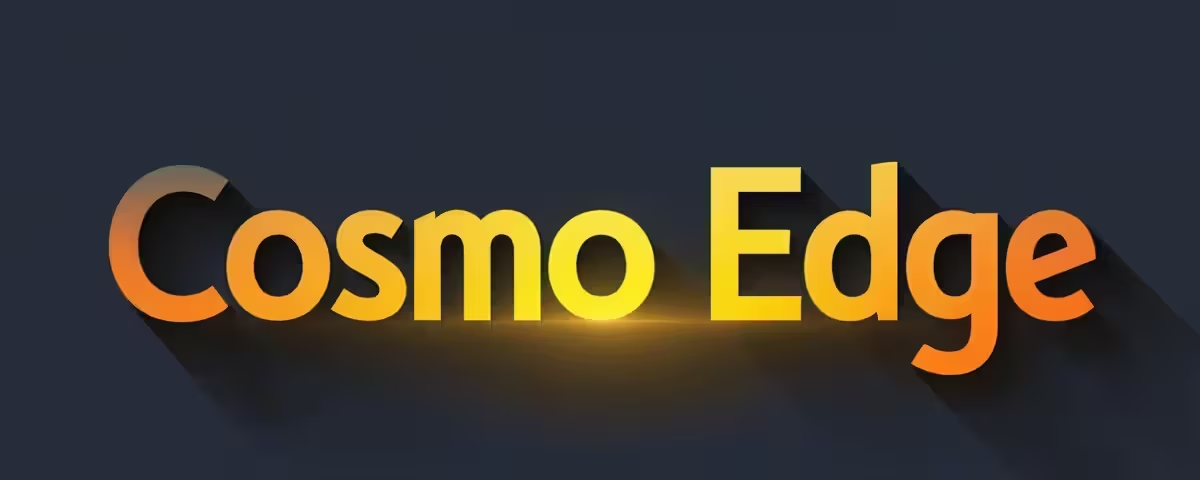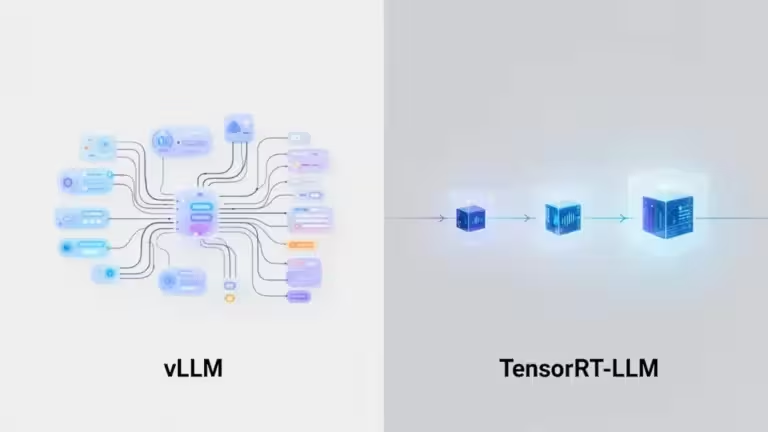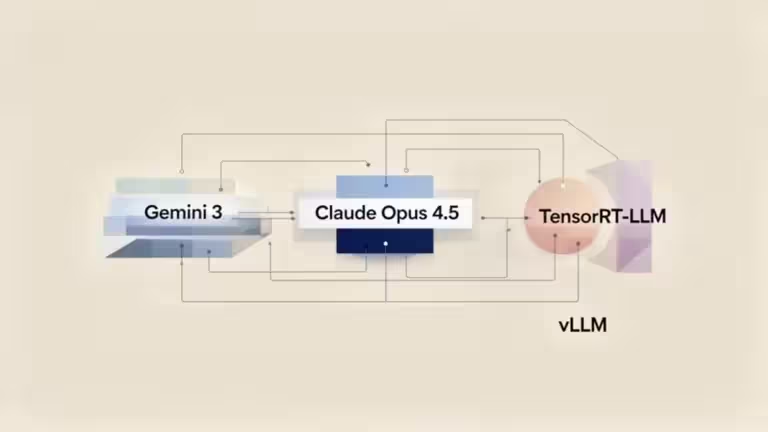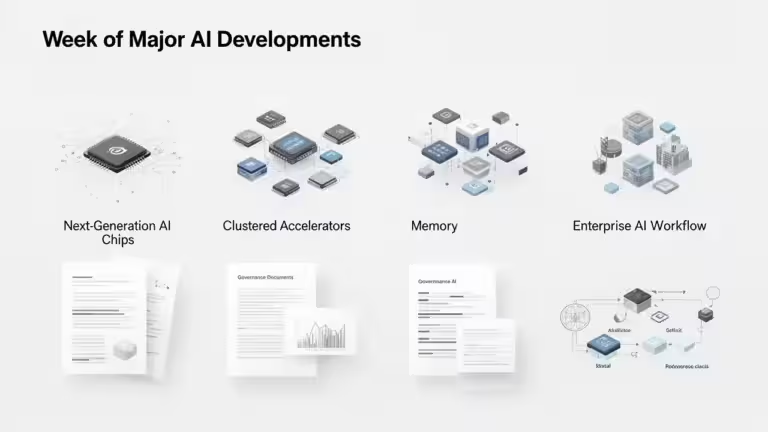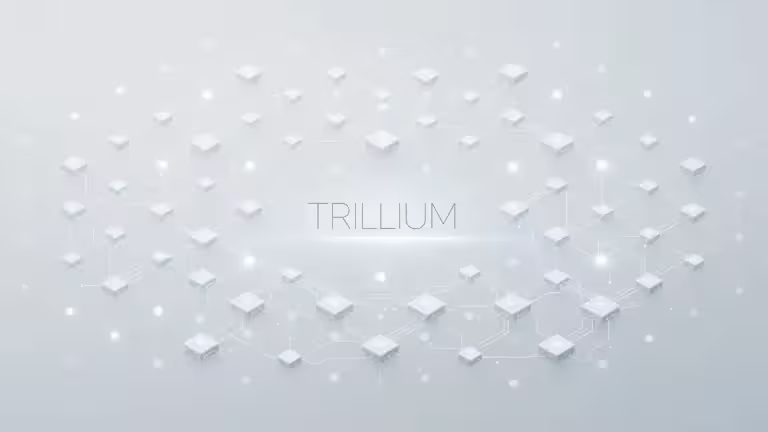Seedream 4.0: revolution or just hype?

Seedream 4.0, ByteDance’s image generation model, has been making headlines. Some specialized media even described it as a true revolution, surpassing competitors like Google Gemini 2.5 Flash, also known as Nano Banana. But behind the announcements and flattering benchmarks, what is the real picture?
Ambitious communication but few technical details
ByteDance has not released a detailed research paper on Seedream 4.0. Most of the information comes from API documentation and marketing presentations, mentioning a hybrid architecture that combines transformer-style prompt encoders with an image refinement system based on diffusion, supporting HD, 2K and 4K, as well as advanced editing capabilities. While 2K and 4K output stand out compared to competitors, many AI models already offer upscaling solutions. ByteDance does not explain how the 2K or 4K resolution is achieved, so it could simply be AI upscaling like in other solutions.
These claims suggest progress, but transparency is lacking. Unlike other generative AI players such as Stability AI or OpenAI, ByteDance remains very secretive about training details and datasets. This is a key point to keep in mind before proclaiming Seedream 4.0 as a major competitor to Nano Banana.
Official announcements look impressive
Official demos highlight the model’s versatility: high-resolution image generation, precise editing from simple prompts, artistic style transfer, and even the creation of educational and professional content.
ByteDance also emphasizes Seedream 4.0’s performance in its internal benchmark MagicBench, where the model ranks first in prompt adherence, editing fidelity, and aesthetics.
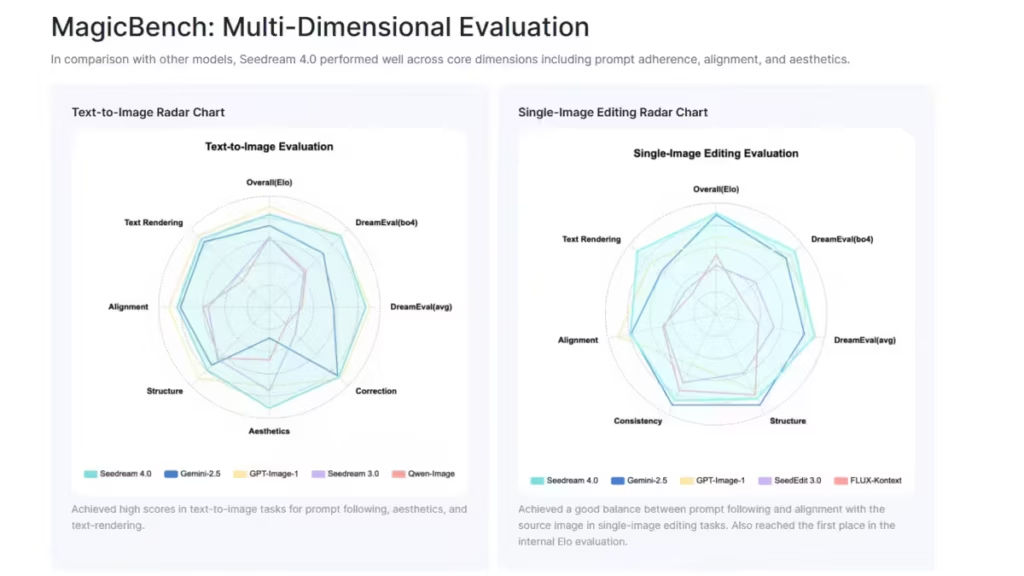
The independent platform Artificial Analysis (artificialanalysis.ai) also placed Seedream 4.0 in first position just days after its release. I remain skeptical about the relevance of such benchmarks. It’s worth noting that artificialanalysis.ai conducts its assessments through an image arena approach, pitting images against each other for evaluation by several users. Crucially, it relies on official model APIs.
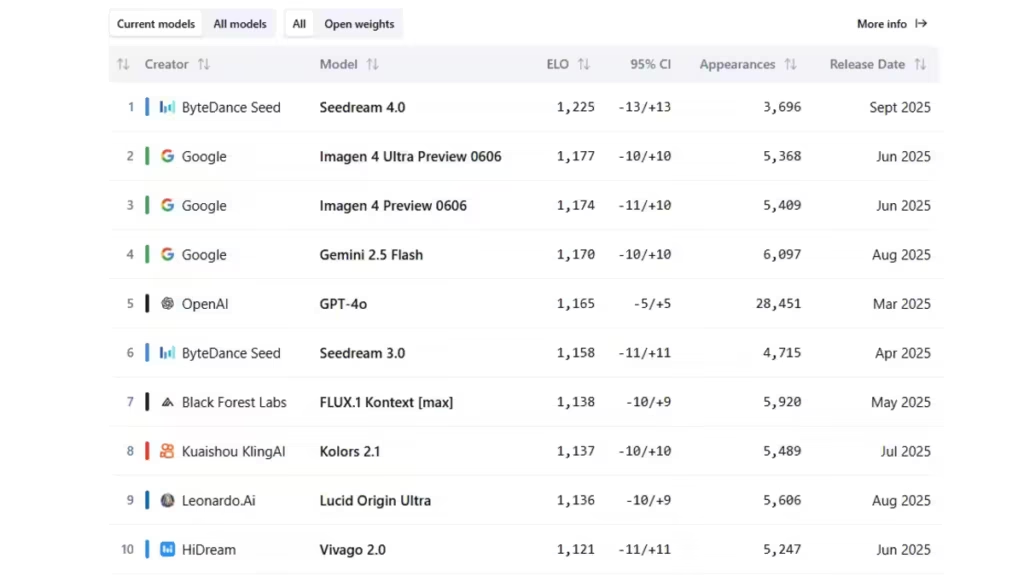
Media reception sometimes too enthusiastic
Some English-speaking outlets such as TechRadar even called Seedream 4.0 the “best image generator ever seen”. The site mainly highlighted its slightly higher score than Nano Banana in the Artificial Analysis ranking.
However, such articles often emphasize spectacle, sometimes with an alarmist tone about distinguishing truth from fake. In practice, differences between models remain small, and these results need context.
First user tests: mixed results
For now, access to Seedream 4.0 is limited. It can be used through the CometAPI, integrated into platforms like ComfyUI, or via third-party services such as Flux-AI.io or deevid.ai.
I ran some tests myself with realistic photographic prompts using BytePlus and Flux-AI.io. The results were interesting, but not spectacular. The photographic illusion did not match the finesse of some competitors like Nano Banana or Flux. The gap with official demos was clear. It’s worth noting that using the official (paid) APIs would be preferable, as this helps prevent model degradation caused by third-party actors. Therefore, my tests are not fully representative of the model’s capabilities.
Prompt 1:
Hyperrealistic photograph of a stunning brunette woman with a warm, genuine smile. She is the primary focus, with the Arc de Triomphe subtly visible in the soft-focused background. It is night in Paris, with city lights creating a beautiful bokeh effect. The flame of the Tomb of the Unknown Soldier beneath the Arc de Triomphe is brightly lit and a key element. French style, elegant, soft lighting, cinematic, professional photography, detailed skin texture, high resolution, 8k. Focus on capturing a natural, candid moment.
Prompt 2:
Cinematic portrait photography, a solitary figure standing in soft, dramatic lighting. Backlit, with strong shadows and highlights. Film grain, shallow depth of field, moody atmosphere, natural color palette, 35mm film. Focus on capturing emotion and atmosphere. High resolution, 8k.
This was a one-shot render with no iterative workflow as is often the case in image creation. The goal was to evaluate the first output quality. You be the judge!
Comparison with competitors
Today, the AI image generation market is crowded with diverse approaches. Google’s Gemini Nano Banana stood out with its photographic precision, speed, and editing capacity. Other models like Flux or HiDream focus on flexibility and more artistic outputs.
Against them, Seedream 4.0 shows potential but struggles to clearly stand out. Early independent feedback confirms that it can produce convincing images, but not necessarily superior to existing alternatives.
For a more concrete comparison, I used ComfyUI (free) with the same prompts and the open-source Flux Krea Dev model (also free). Same one-shot method, here are the results:
Prompt 1:

Prompt 2:

Caution and outlook
The release of Seedream 4.0 fits into a trend where every new model claims the crown of best AI image generator. Reality is more nuanced. ByteDance offers a powerful tool, yes, but one that still needs to be evaluated in real-world use.
At this stage, caution is required. Users can try the model via official APIs, CometAPI, ComfyUI (via Paid API), deevid.ai or Flux-AI.io, but more independent benchmarks are necessary before declaring true superiority. Seedream 4.0 may be an evolution, but it is certainly not a revolution yet.
Around Seedream 4.0, what looks like a cycle of disinformation can be observed. A simple spelling variation of the name (SeeDream instead of Seedream) was picked up by several websites and podcasts until it became the most cited form. Added to this are inaccurate claims, such as the existence of an official Hugging Face repository, along with others that are hard to verify. These elements, repeated without verification by media outlets or aggregators, create the impression of technical legitimacy even though no solid evidence exists. It is therefore possible that the enthusiasm around Seedream 4.0 is partly based on errors that have been repeated and amplified, rather than on concrete and verifiable evaluations of the model.
Your comments enrich our articles, so don’t hesitate to share your thoughts! Sharing on social media helps us a lot. Thank you for your support!
